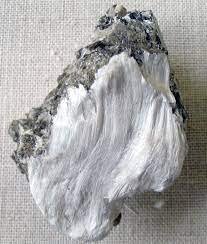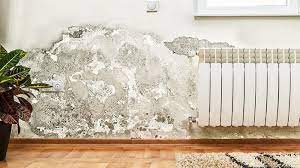Buying a new property can be as scary as it is exciting. Older properties, in particular, can throw up some unexpected issues, but there are ways to mitigate the stress – starting with making sure you are properly informed.
Organising a home buyers survey in Birmingham or wherever you happen to live is vital for uncovering any potential property problems. Companies such as Sam Conveyancing and similar firms around the country are experts at ensuring the proper checks are made, but it can also pay to have your own ideas of what you may encounter when buying older properties.
It can be a really good idea to invest your money in older buildings. Renovations, for example, can be extremely lucrative as well as being satisfying. It is worth considering a few factors, however, and making sure you consider the following common defects when searching for a property to buy.
Insulation
It is vital to assess the quality of the insulation in older properties. Often you will find that other buildings have cavity walls or use outdated insulation methods that simply don’t meet modern standards.
Poor insulation can really add to your workload and budget when renovating older properties. If you don’t get it up to scratch, however, it can end up costing much more money than it should to keep warm.
Damp
It will probably come as no surprise that damp and mould are a common problem in older properties. The causes are varied and can include everything from cracked tiles and worn window seals to old joints or even more major issues.
Damp can seem like quite a small inconvenience, but ignoring it can be a major mistake, as it can quickly develop and become a major issue. Untreated problems with damp can lead to water damage and rot in the property and can also be harmful to health.
Asbestos
Asbestos is one of the most serious problems you may encounter with older problems. It is an extremely toxic material that has been linked to serious health problems, including cancer. You can learn more about this on the Asthma+ Lung UK website.
Asbestos could be in any building that was built prior to the 1970s and will need to be removed if you plan to carry out building work. This must be done by professionals who are trained in safe asbestos removal.
Structural Weaknesses
Older buildings are susceptible to all sorts of structural defects. These include the likes of subsidence, cracking and rotting and can be caused by a multitude of things such as leaking pipes, badly laid foundations and exposure to the elements. To prevent unforeseen issues, it is important that a professional survey is carried out before you buy a property to spot any of these issues.
Drainage Fault
This can often be overlooked, but it is really important to look at the state of a building’s plumbing works and drains. These are usually hidden from plain sight, and so it can pay to employ expert services to access functionality and to make sure that they are safe and are in good enough condition to not cause major issues in the near future.
See the Positives
All of these issues can seem quite scary when considering spending hundreds of thousands on a property. There is no doubt that the likes of leaking roofs, old plumbing and wiring, old windows and old heating can present issues, but there are many benefits to be had from older properties. If you’re looking for character and construction quality, for example, they can be hard to beat.


